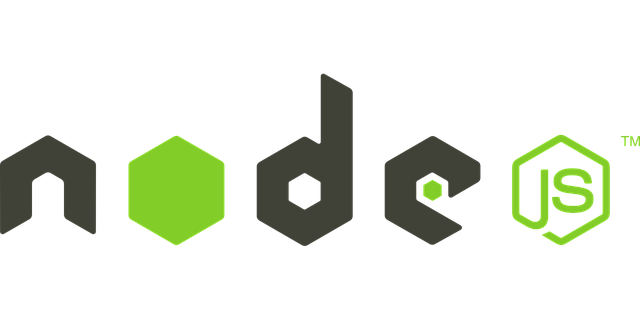Node.js is a powerful, open-source JavaScript runtime built on Chrome’s V8 JavaScript engine.
It allows developers to build scalable, high-performance applications using a non-blocking I/O model that makes it lightweight and efficient.
Node.js is widely used for building server-side applications, command-line tools, and web applications.
In this blog post, we will explore some of the key features and benefits of Node.js.
What is Node.js?
Node.js was created by Ryan Dahl in 2009 and is now maintained by the Node.js Foundation.
It is a cross-platform runtime that runs on various operating systems such as Windows, macOS, and Linux.
Node.js allows developers to write server-side JavaScript code, which was not possible before.
It provides a rich library of modules and packages that can be easily installed using the npm (Node Package Manager) command-line tool.
Why use Node.js?
Node.js has become very popular among developers for several reasons, including:
Fast and efficient:
Node.js uses a non-blocking I/O model that makes it lightweight and efficient.
It can handle a large number of connections without consuming a lot of resources, making it ideal for building high-performance applications.
Cross-platform:
Node.js runs on various operating systems, making it easy for developers to build and deploy applications across different platforms.
Large ecosystem:
Node.js has a large community of developers who have built a wide range of modules and packages that can be easily installed using the npm command-line tool.
Easy to learn:
Node.js uses JavaScript, which is a popular language among developers.
If you already know JavaScript, it will be easy to learn Node.js.
Scalability:
Node.js can handle a large number of concurrent connections, making it ideal for building scalable applications.
Node.js Architecture
Node.js is built on an event-driven architecture that uses a non-blocking I/O model.
It means that the server does not block while waiting for I/O operations to complete.
Instead, it continues to process other requests, making it highly efficient.
Here is a brief overview of the Node.js architecture:
V8 engine:
Node.js uses the V8 engine, which is also used by Google Chrome.
The V8 engine compiles JavaScript into machine code, making it run faster.
Event loop:
Node.js uses an event loop that listens for incoming requests and processes them asynchronously.
It means that the server can handle multiple requests simultaneously without blocking.
Callbacks:
Node.js uses callbacks to handle asynchronous operations.
When an asynchronous operation completes, it invokes a callback function to notify the server that the operation is complete.
Modules:
Node.js uses a module system that allows developers to break their code into small, reusable modules.
It helps in keeping the code clean and organized.
Node.js Applications
Node.js can be used to build a wide range of applications, including:
Server-side applications: Node.js is widely used for building server-side applications such as web servers, REST APIs, and real-time applications.
Command-line tools: Node.js can be used to build command-line tools that can be easily installed and used across different platforms.
Web applications: Node.js can be used to build web applications using popular frameworks such as Express.js and Socket.io.
Desktop applications: Node.js can be used to build desktop applications using frameworks such as Electron.
Conclusion
Node.js is a powerful, efficient, and scalable runtime that has become very popular among developers.
It allows developers to write server-side JavaScript code, which was not possible before.
Node.js provides a rich library of modules and packages that can be easily installed using the npm command-line tool.
It is also easy to learn, making it an ideal choice for beginners.
With its event-driven architecture and non-blocking I/O model, Node.js can handle a large number of concurrent connections, making it ideal.
